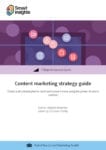A new report by renowned digital marketing analyst Rebecca Lieb points to the decline of banner ads and the opportunity it represents for content marketers.
Advertising effectiveness is declining. Savvy web users are installing ad-blockers in droves with Adblock use in Europe over 30% in some countries, whilst everyone is developing 'banner blindness' with their own internal ad-blockers, which is also known by its more common name, the human brain. The move to mobile makes it harder to deliver effective ads without being obtrusive and increasing concerns about data privacy mean some consumers are in no mood to hand over their details.
This might sound like bad news for digital marketers, but it actually opens up a whole world of opportunities for doing things differently and reaching customers more effectively. For content marketers specifically, it means budgets will continue to tilt in their favor, and greater demands will be put on content marketing departments, as CMOs look to them to deliver key business objectives.
The trends favoring content over advertising
As interest in and use of ad-blockers has grown (see chart below), so click through rates on banner ads have fallen. Click through on standard banner ads had fallen to 0.12% 2014, and shows no sign of pulling out of that terminal decline. It is estimated that 12% of display ads are never seen by humans, which means the industry is wasting $18.5 billion a year on unseen ads. People just don't like ads, 94% of people skip video pre-roll ads before 5 seconds in, and they're good at mentally blocking them out - 60% of people are unable to recall any online banner ads they're exposed to.
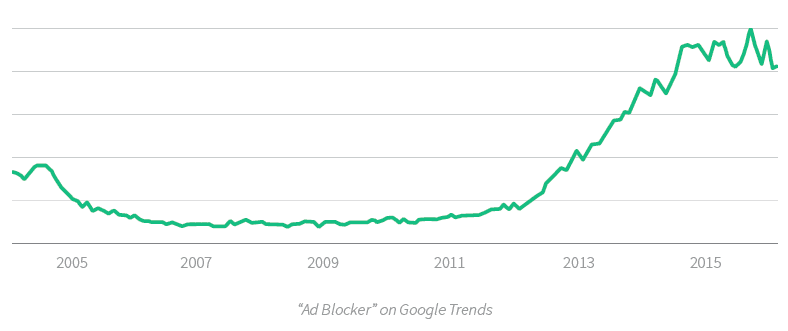
These trends mean it makes sense to re-assess budgets and spend more on owned and shared media, rather than advertising. The industry is already moving in that direction, we've seen content marketing spending exploding over the past ten years, and it's predicted to continue its incredible rise.
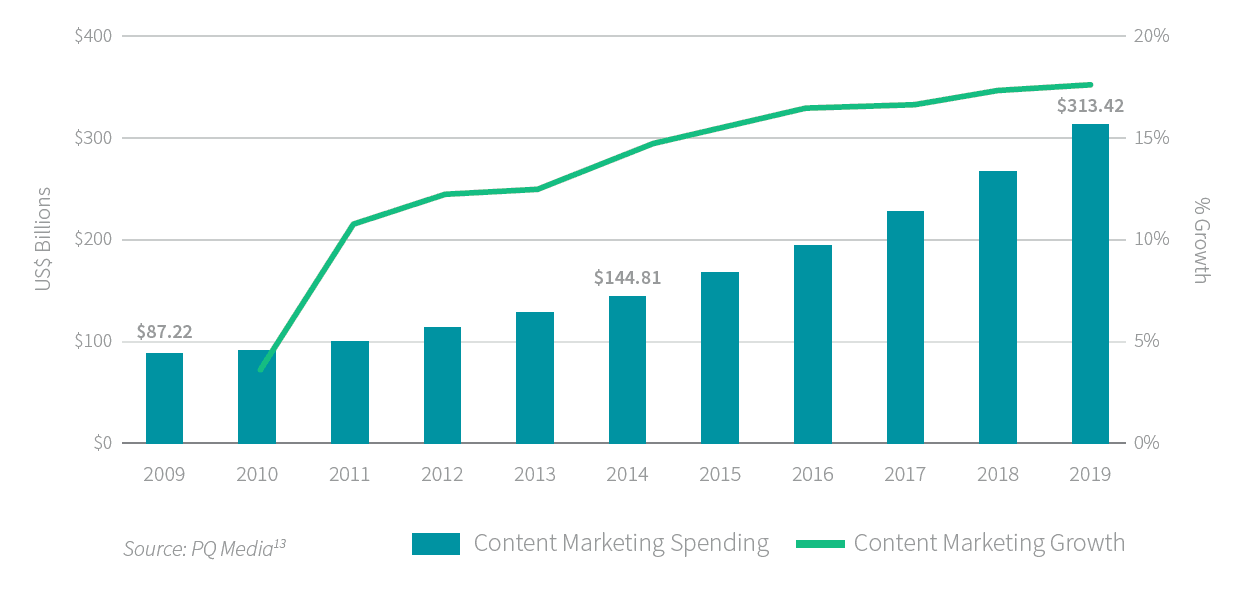
With increased spending comes more demand for talent. Content marketing jobs are growing rapidly, and expect to see greater demand for top content marketing strategists as greater expectations on departments mean companies demand the very best talent for their content marketing departments.
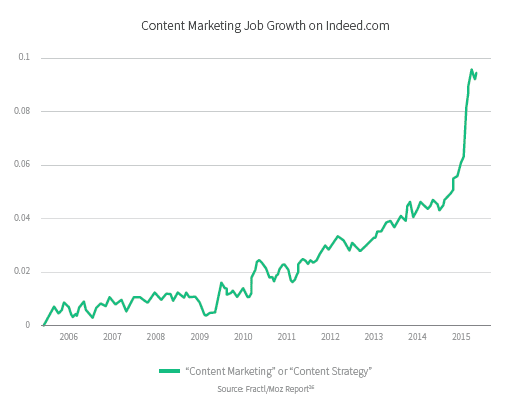
Rising content marketing use presents its own problems
Increased budgets for content marketing across the board isn't all good news. With more organizations trying to get results with content marketing, competition will become more fierce and it will be harder to engage with people who have plenty of content to choose from. We are already starting to see this trend developing, particularly on social. The average posts per brand on social media is increasing, but the engagement ratio is fairly stagnant. This does mean there is greater engagement overall as more posts with the same engagement per most mean the sum total of engagement is higher.
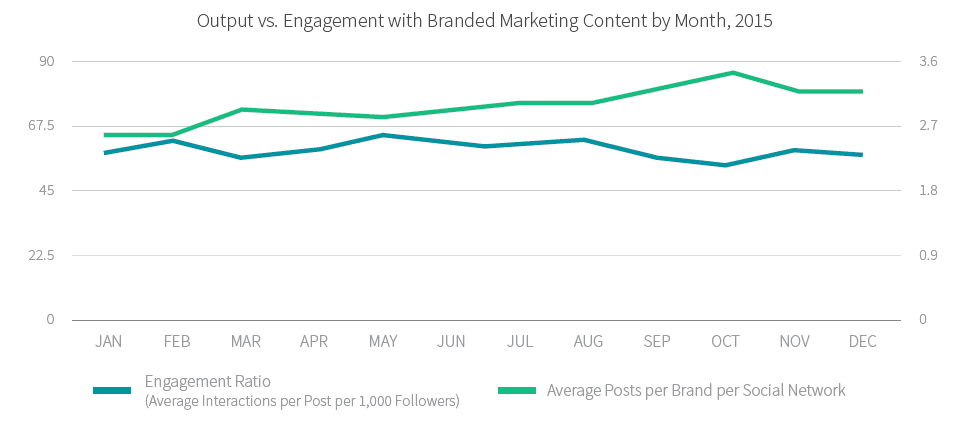
To succeed you need a strategy
We all known that failing to plan is planning to fail, yet despite the fact 70% of B2B content marketers are producing more content than last year, over two thirds are doing so without a documented content strategy in place. This means too many marketers are hastily trying to jump on the content marketing bandwagon without actually taking a step back and strategizing their approach. If this is you, we can help. Expert members can take our content marketing e-learning course or download our guide to content marketing.
Download Expert Member resource – Content marketing strategy guide
This guide shows you both how to develop a strategy to deploy content across all your online marketing and gives practical tips to make it happen. Now updated for 2016 to give the latest best practice advice.
Access the Content marketing strategy guide
If you want more insights from Rebecca Lieb's report on content marketing, you can download it here. It's free, but you'll need to give your details.







